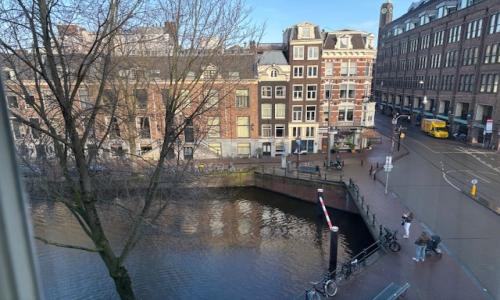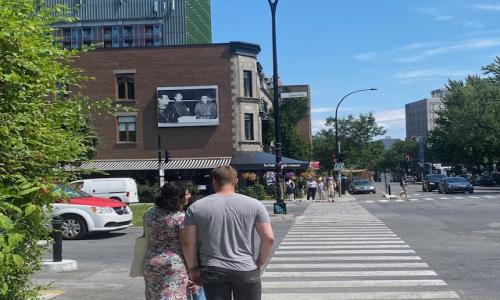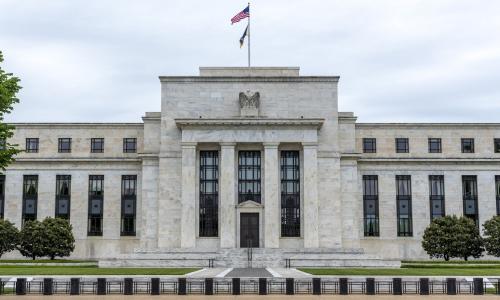There was an interesting article in the Wall Street Journal yesterday, entitled "Bank of America Pays Peanuts for Deposits but the Money Keeps Flowing In".
The article highlights, actually celebrates, the fact that Bank of America in 2016 paid only $617 million for $796 billion in US interest-bearing deposits. In other words, Bank of America paid 0.08% in interest to its deposit customers in 2016. It also points out that customers of Bank of America could have made almost twice as much in interest had they moved their money to Chase, and many multiples had they held their money in Goldman in 2016.
In its effort to try to explain why so much money is still held in low or no yielding deposit accounts, the WSJ authors proceed to highlight the branch network and technology as the reasons why young people choose to keep their money in these accounts. In particular, the article refers to the experience of a woman in her mid-30s who finds Chase’s mobile technology and ATM network to be her reason for sticking with them.
Chase’s mobile technology is in fact outstanding (Bank of America’s is not), but so to are the mobile apps of some online banks (Ally, for one, has an excellent mobile app). More importantly, if you require access to a mobile app or a branch network or great international wire transfer functionality, you can get all of these services through Chase or Citibank or Bank of America or Wells Fargo without fees by maintaining an account with balances of only $15,000.
Your cash above that amount should always be in a higher earning interest accounts. Higher earning savings accounts can be online only. Smaller, lesser known banks and credit unions in your area may also pay higher rates. If you do not need the money right away, you should also consider CDs.
Towards the end of the article, the authors seem to determine that part of the reason that people don’t move to higher yielding accounts is that they really don’t have that much money to move. However, BestCashCow’s Savings and CD Calculator demonstrates how even a small amount of money can compound significantly more quickly over a relatively short period of time when moved from a low yielding savings account to higher yielding ones.
I am tired of hearing people – young and old - explain to me that it isn’t worthwhile to seek a higher earning interest account. I am disappointed to see an article celebrate it. The reality is that the fact that some of the major brick and mortar banks can pay so little in interest while online banks, credit unions and even other local banks are offering so much is due in large part not just to apathy, but also to asymmetrical information. Just 3 minutes with the calculator will show you how important it is for your future and that of your heirs to move your cash to a higher rate.













Comments
guest
May 09, 2017
Most people don't have that much money in their bank account - the average is less than $5000. But let's do a simple calculation for someone who has 10 times the average. So on $50k this person misses out maybe 80bps so $400/year with current rates. This person is probably taxed at an overall rate (federal + states +...) of let's say 35%, so now this person keeps $260 extra per year. For someone who has $50k in a deposit account that is not very exiting + this person will have to file additional paper with the IRS, potentially risk an overdraft on another account because of poor account management optimization. This person is going to spend about 1h / year on this account (taxes, first setup, pwd, etc...). Considering this person is probably making over $150k/year so roughly $75/hour. In the end, really not worth it.
Is this review helpful? Yes:1 / No: 3
Just Dan
May 09, 2017
I found this statement without merit "It also bolsters a central argument by banks in the face of calls they should be broken up: Customers value their breadth and the different services they offer."
Actually, by not breaking up the banks, we have created an oligopoly that allows them to structure fees to penalize the small customers while at the same time forcing them to stay at BAML (et al) while depriving these customers of interest income.
The large banks and their networks that all charge $3 for the benefit of using their ATM. This ends up being a huge penalty for an individual withdrawing $100. 3% when money market rates are below 1%. Therefore, the economic penalty means you need the big bank or ensure you always have access to the small bank and its' ATM. There lower income customers are also among those who probably have the least sophistication and are the most easily taken advantage of by the large bank fee structures.
The day of reckoning is coming. The younger generation is very comfortable without branches and working electronically. Combine the inefficient branch network with the adoption of blockchain technology that will require gutting bloated back office personnel and it will be difficult for the large back to take such economic advantage of its customers.
Is this review helpful? Yes:0 / No: 3
Add your Comment
or use your BestCashCow account